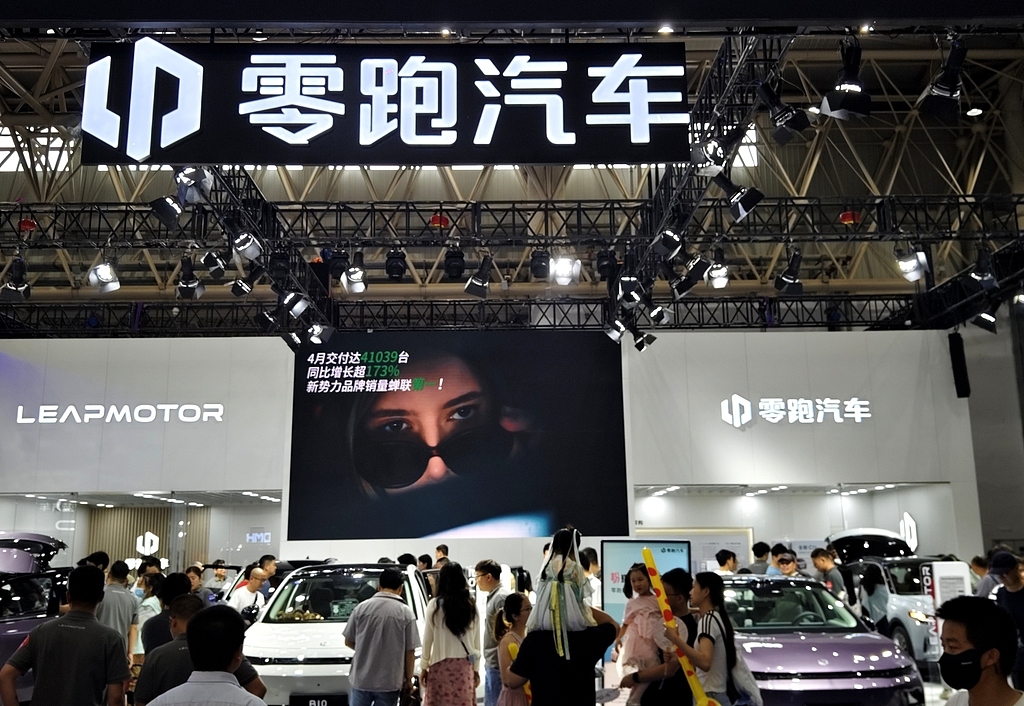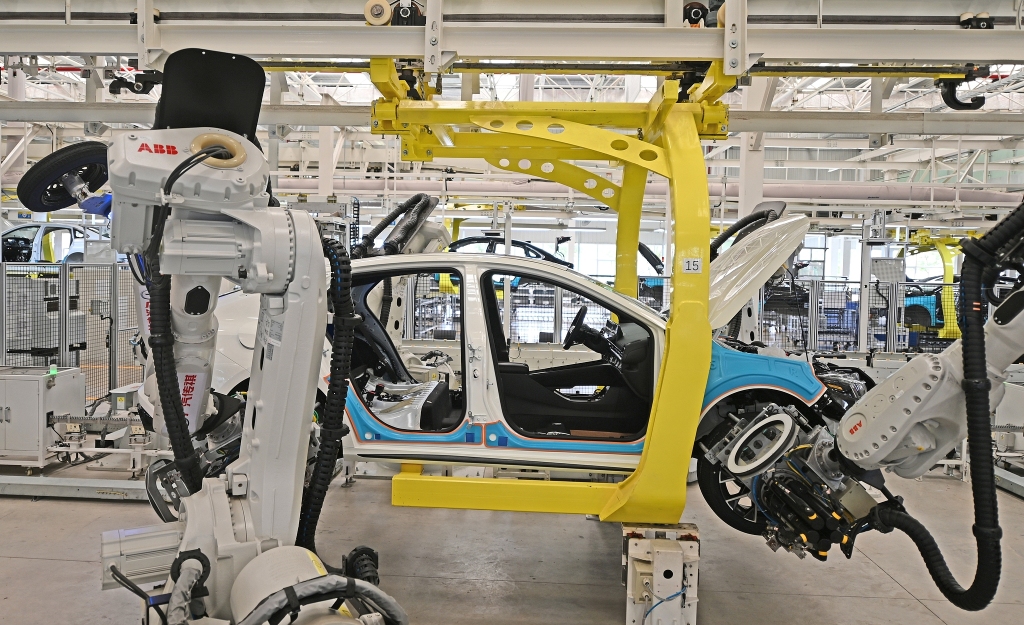
In the first half of 2025, driven by policy regulation, technological innovation and market transformation, China's automobile industry will show profound characteristics of structural change.
From the Ministry of Industry and Information Technology's clear proposal to rectify "involutionary" competition, to various big names at the annual China Automobile Chongqing Forum calling for resistance to vicious competition, multiple factors have driven the industry's transformation from price wars to value wars of technological competition.

In terms of technology, the differentiation of new energy routes and intelligent upgrades form a dual-wheel drive. The pure electric field focuses on breakthroughs in battery life and charging efficiency. The battery life of new models of brands such as Xiaopeng Motors and Zeekr generally exceeds 700 kilometers, and the recently launched Xiaomi YU7 has a battery life of 835 kilometers. The plug-in hybrid and extended-range market is represented by BYD and Chery Group, which continue to seize the fuel vehicle market with the flexibility of "oil and electricity". Models such as Chery Fengyun A9L and BYD Haibao 06EV use hybrid-specific engines with a thermal efficiency of over 45% to achieve a comprehensive fuel consumption as low as 3.8L/100km.
In terms of intelligence, AI big models are deeply integrated into automobile manufacturing. Recently, AlixPartners, a global consulting firm, mentioned the development status of the Chinese auto market in its annual industry in-depth analysis report "2025 Global Automotive Outlook". The report mentioned that it found in communication with customers that through AI-driven design and testing, the traditional five-year product development cycle can be shortened by up to eight months, and the verification and confirmation costs can be reduced by 20%. Compared with the product development cycle of China's leading new energy vehicle companies, this move has helped its customers reduce the cycle gap by about one-third.

In addition, since the beginning of this year, the frequency of L3 autonomous driving appearing in car companies' PPTs has gradually increased; the smoothness of the car system and the interactive experience have become the top indicators for car purchases. It is also worth mentioning that in addition to well-known high-end chips from overseas suppliers such as 8295 and Orin X, domestic car companies such as NIO have begun to develop their own smart driving and smart cabin chips, building up the underlying competitiveness in the era of smart electric vehicles.
At the policy level, consumption stimulation and technological innovation form a dual driving force. Many provinces and cities have launched car purchase subsidy measures. For example, Jinan City has previously launched a car consumption subsidy activity, providing a car purchase package of up to 8,500 yuan; Henan Province has launched targeted subsidies for high-end new energy vehicles, providing a cash subsidy of 3,000 yuan for models equipped with specific technical systems. These policies not only activate regional market demand, but also promote companies to accelerate technology research and development.
Overseas markets have become a new growth pole for Chinese automakers. The BYD Thailand factory and Chery's European base have been put into production, marking the shift of Chinese automakers from "exporting only" to the "overseas factory + supply chain localization" model. BYD's overseas sales in the first half of the year reached 470,000 vehicles, and the proportion of overseas sales of Chery Group and SAIC Group also continued to increase.
The involution of the Chinese auto market is a fact that the industry has to accept. Stephen Dyer, head of AlixPartners' automotive and industrial products consulting business in Asia Pacific, said: "China is one of the most competitive new energy vehicle markets in the world. It is experiencing fierce price wars, the pace of innovation is changing with each passing day, and new forces are constantly refreshing industry standards. This environment has promoted significant breakthroughs in technology and cost efficiency, but it has also made it difficult for many companies to achieve sustainable profitability."
But because of this, its prosperity has far surpassed other global markets. Leading automakers are achieving leapfrog development through technological breakthroughs and strategic foresight, but some trailing automakers have found it difficult to move forward.
Here, opportunities and challenges coexist. In this industry transformation, some are happy and some are worried. AlixPartners predicts that among the 129 brands that will sell new energy vehicles in 2024, 15 brands will still maintain financial vitality by 2030, accounting for three-quarters of the total new energy vehicle market share. In other words, from now on, more than 100 brands will fade out of sight, and the elimination round is far from the end.


